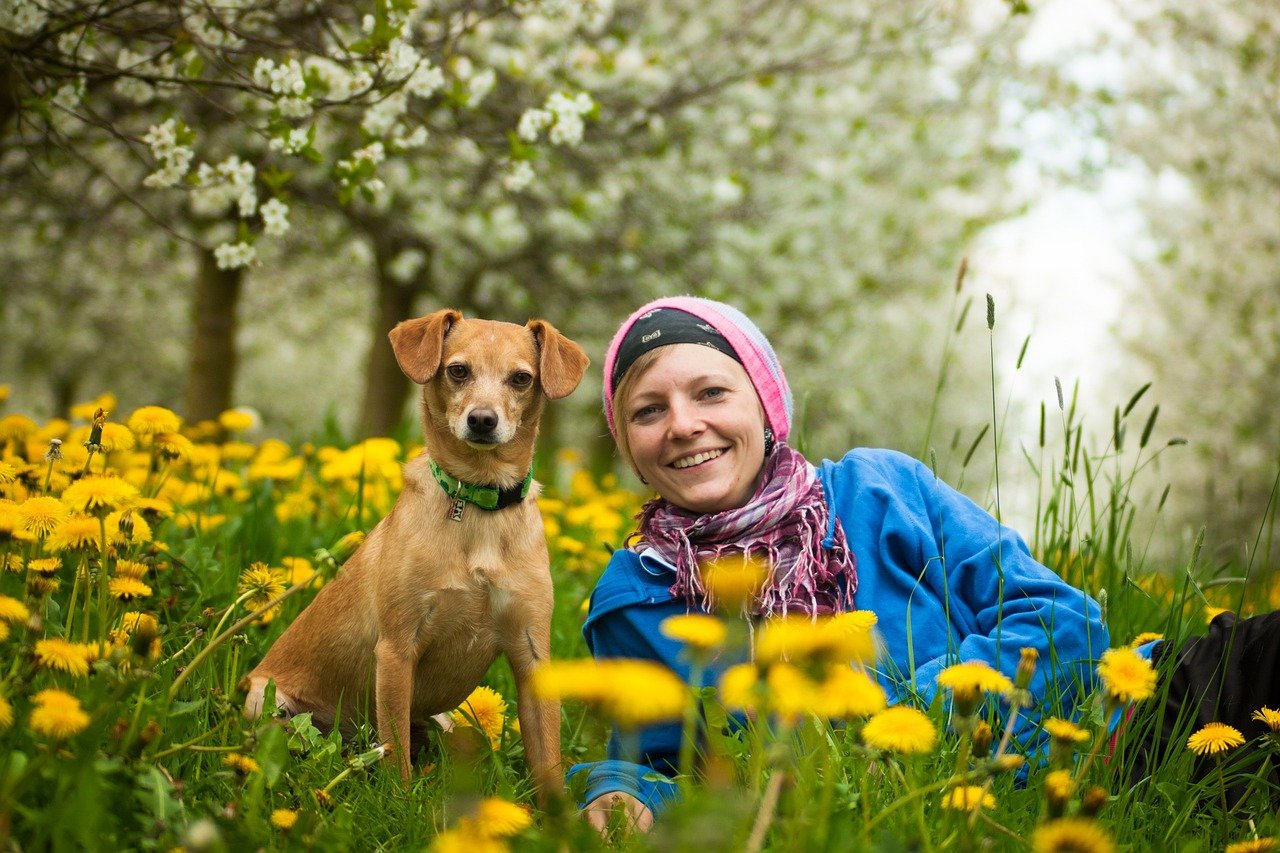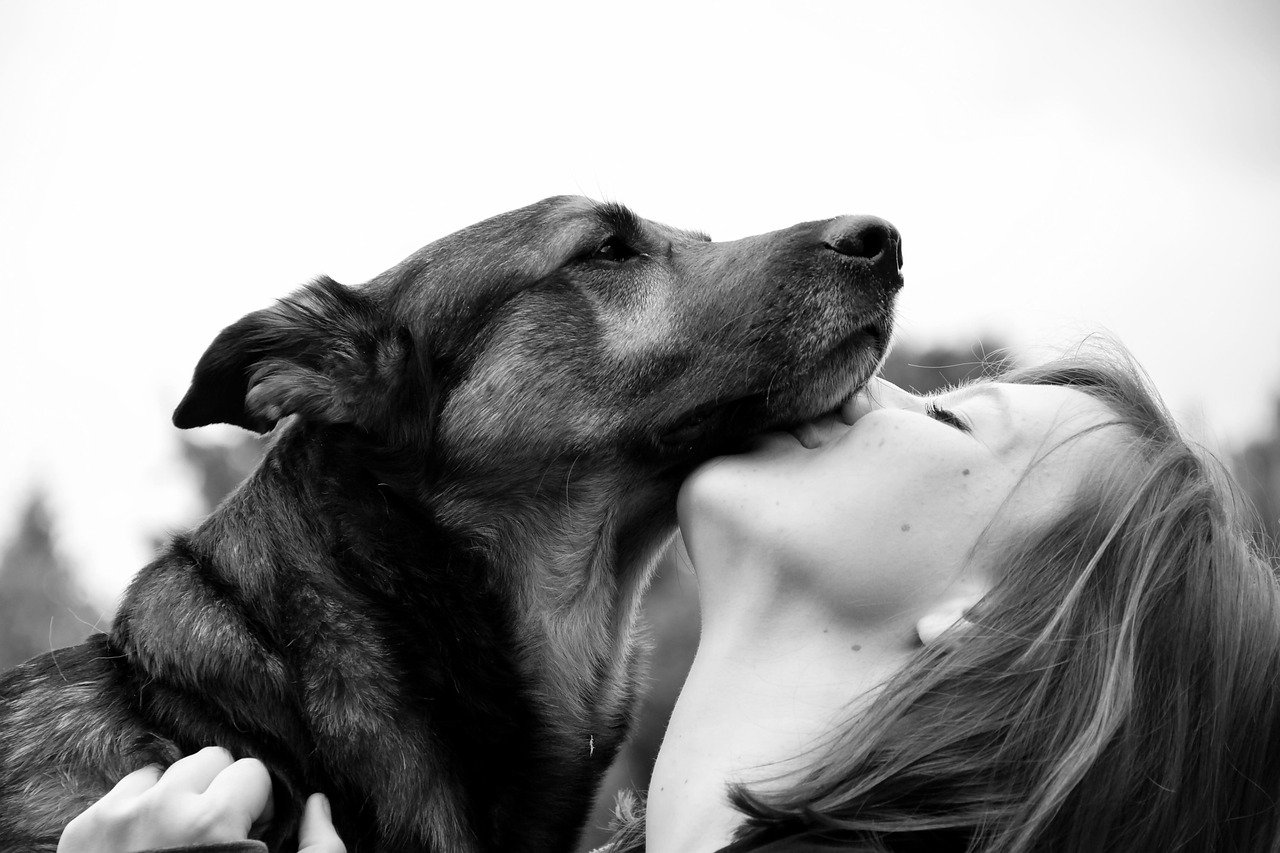Ever notice how your dog seems to be living a parallel life to yours? That quiet mystery of how our furry companions watch, learn, and mirror our every move goes far deeper than you might imagine. From copying our sleep patterns to reading our stress levels through scent alone, dogs have evolved remarkable abilities to tune into our human world in ways that would surprise even the most devoted pet parent.
They Mirror Our Sleep and Wake Cycles

Your dog doesn’t just happen to be sleepy when you are – they’re actively syncing their internal clock to yours. Your new puppy’s schedule should mirror your own. Feed them when you eat, play with them when you get home from work, and give them exercise when you are most likely to do it yourself. This isn’t coincidence but rather an evolutionary adaptation that helped dogs integrate into human households thousands of years ago.
Research shows that companion dogs are members of the household, sharing an environment, routine, and, to an extent, diet with their humans. Activity studies reveal variation in routines for dogs in the home that track with differing human schedules during timeframes such as weekdays and weekends. In this manner, companion dogs offer a unique comparative model as activity fluctuates with human-based changes to routine. It’s like having a furry shadow that’s programmed to follow your lifestyle down to the hour.
They Copy Our Exercise and Activity Patterns

If you make sure your dog gets at least two hours of exercise daily, you’ll be able to watch your dog sleep all night. The closer to your bedtime you exercise with your dog, the easier it will be for your pooch to fall asleep when you’re ready. Dogs naturally adapt their energy expenditure to match their owners’ activity levels, becoming more sedentary with couch-loving owners or more energetic with active families.
This mirroring extends beyond just exercise timing. Dogs will often adopt whichever social preference their owner has. If you’re the life of the party, your dog might be too. And if you’re more comfortable with a night in on the couch watching movies, your dog might be the same and not a big fan of group settings. Think of it as your dog becoming a four-legged reflection of your social energy.
They Automatically Imitate Our Physical Movements

The scientific evidence for dogs mimicking human actions is astounding. A recent study published in the Proceedings of the Royal Society B: Biological Sciences has shown that dogs are not only capable of mimicking their owners, they do so automatically. In fact, their drive to copy our head and hand (paw) movements is so strong that they tend to do so even when it is not in their best interests.
This goes beyond simple trained behaviors. Dogs can even learn to copy actions they see on video screens. The results showed that dogs could replicate actions observed from frontal and side angles, which are observational perspectives commonly encountered in dogs’ daily lives with humans. Your dog is essentially a living, breathing mirror of your movements, whether you realize it or not.
They Mimic Our Vocal Patterns and Communication Style

Some dogs naturally like to vocalize, and if they’re around owners who often speak to them, they may speak back. Some vocal breeds will howl and bark when a parent howls or is rowdy with them. If that behavior of vocalizing is reinforced, the dog will continue to offer those behaviors. So, if you and your dog have a “conversation” at some point, and you react positively, that moment may become a habit the two of you share.
This vocal mimicry isn’t just random noise-making. Dogs learn to match the cadence, intensity, and even emotional tone of their human family’s communication patterns. Quiet households tend to produce quieter dogs, while more boisterous families often find their dogs becoming equally chatty and expressive.
They Mirror Our Emotional States Through Scent Detection

Perhaps the most remarkable discovery is that dogs can literally smell our emotions and adjust their behavior accordingly. Dogs experience emotional contagion from the smell of human stress, leading them to make more ‘pessimistic’ choices. Researchers discovered that the stress smell made dogs slower to approach the ambiguous bowl location nearest the trained location of the empty bowl. These findings suggest that the stress smell may have increased the dogs’ expectations that this new location contained no food, similar to the nearby empty bowl location. Researchers suggest this ‘pessimistic’ response reflects a negative emotional state and could possibly be a way for the dog to conserve energy and avoid disappointment.
A dog is sensitive to fear in humans. When a dog perceives fear in a person through smell, body language, or facial expressions, it can result in behavior mirroring. This means a dog will show fear-based reactions in response to being exposed to a fearful human. It’s like having an emotional barometer with four legs and a tail.
They Copy Our Social Behaviors and Preferences

In fact, a 2019 study showed that shared social environments and activities likely contribute to a correlation between owners, their dogs, and their personalities. Dogs learn from the vibe that you’re giving. They’re going to read your energy, they’re going to read your intent, they’re going to read your body language. Your social butterfly tendencies or introverted nature becomes theirs through this incredible process of behavioral absorption.
This social mirroring helps explain why some dogs seem perfectly suited to their families – they’re not just genetically compatible, they’re behaviorally molded by daily observation and response. Dogs essentially become customized versions of themselves based on the humans they live with, adapting their social skills to match their household’s unique dynamic.
They Mirror Our Stress and Anxiety Levels

One of the less pleasant ways dogs mirror us involves absorbing our negative emotions. One not-so-great quality your dog may adopt from you is stress and anxiety. The results of a 2021 study in the Journal of Veterinary Behavior showed a significant correlation between owners’ anxiety and the severity of their dogs’ fear and anxiety-related behavior. This emotional contagion can create a feedback loop where stressed owners create stressed dogs, which in turn can increase the owner’s stress levels.
The physiological mechanisms behind this are fascinating. The ability of dogs to read the gestures emitted by humans may be related to another phenomenon that occurs when individuals from social groups recognize certain expressions from the same species or others and respond with a similar or antagonistic pattern. This process is called “emotional contagion.” This suggests that animals can display a similar state after reading the facial language, although facial mimicry does not reflect the meaning of the inherent emotion on every occasion.
They Copy Our Feeding and Routine Schedules

Unlike mature dogs that eat once or twice a day, most puppies need to eat puppy food three times a day. Make it easier to remember by planning his mealtimes around your own breakfast, lunch, and dinner. This synchronization extends beyond convenience – dogs naturally adapt their biological rhythms to match their human family’s daily patterns.
When thinking about the ideal day for your dog, the most important thing is to develop a routine you can stick to consistently. Keeping a regular daily schedule for feeding, walking, exercise, and playing will help dogs feel comfortable and less stressed. Exactly what the schedule looks like depends on your dog’s needs and your own personal schedule. They become living, breathing extensions of our daily rhythms, finding security and comfort in predictability that mirrors our own need for structure.
Conclusion

The next time you catch your dog yawning right after you do, or notice them settling into sleep mode just as you’re winding down for the evening, remember that you’re witnessing something far more profound than coincidence. These remarkable creatures have evolved to be our behavioral mirrors, emotional barometers, and lifestyle companions in ways that science is only beginning to fully understand.
From copying our physical movements with automatic precision to literally smelling our stress and adjusting their own emotional state accordingly, dogs have mastered the art of human mimicry in ways that would make the most skilled actors envious. They sync their sleep cycles to ours, adopt our social preferences, mirror our communication styles, and even absorb our anxieties – all while maintaining their own unique canine personality.
What strikes me most is how this isn’t just learned behavior, but an evolutionary gift that has allowed dogs to become our most successful non-human companions. They’ve essentially turned empathy and mimicry into survival tools, creating bonds so deep that they literally share our daily existence from morning coffee to bedtime routines.
Next time you look at your dog, ask yourself: are you training them, or are they simply becoming the four-legged version of you? The answer might surprise you.

Andrew Alpin from India is the Brand Manager of Doggo digest. Andrew is an experienced content specialist and social media manager with a passion for writing. His forte includes health and wellness, Travel, Animals, and Nature. A nature nomad, Andrew is obsessed with mountains and loves high-altitude trekking. He has been on several Himalayan treks in India including the Everest Base Camp in Nepal.






